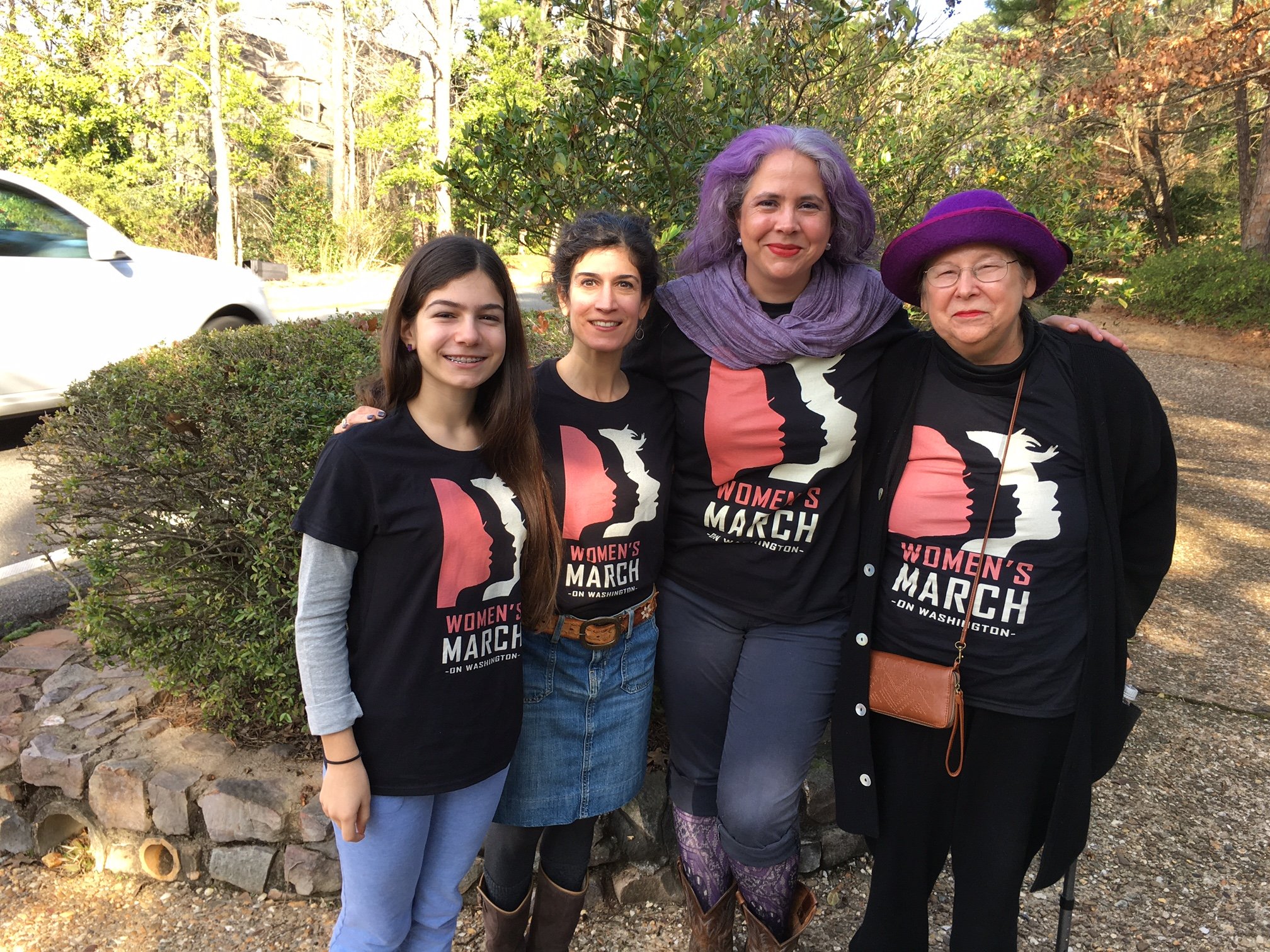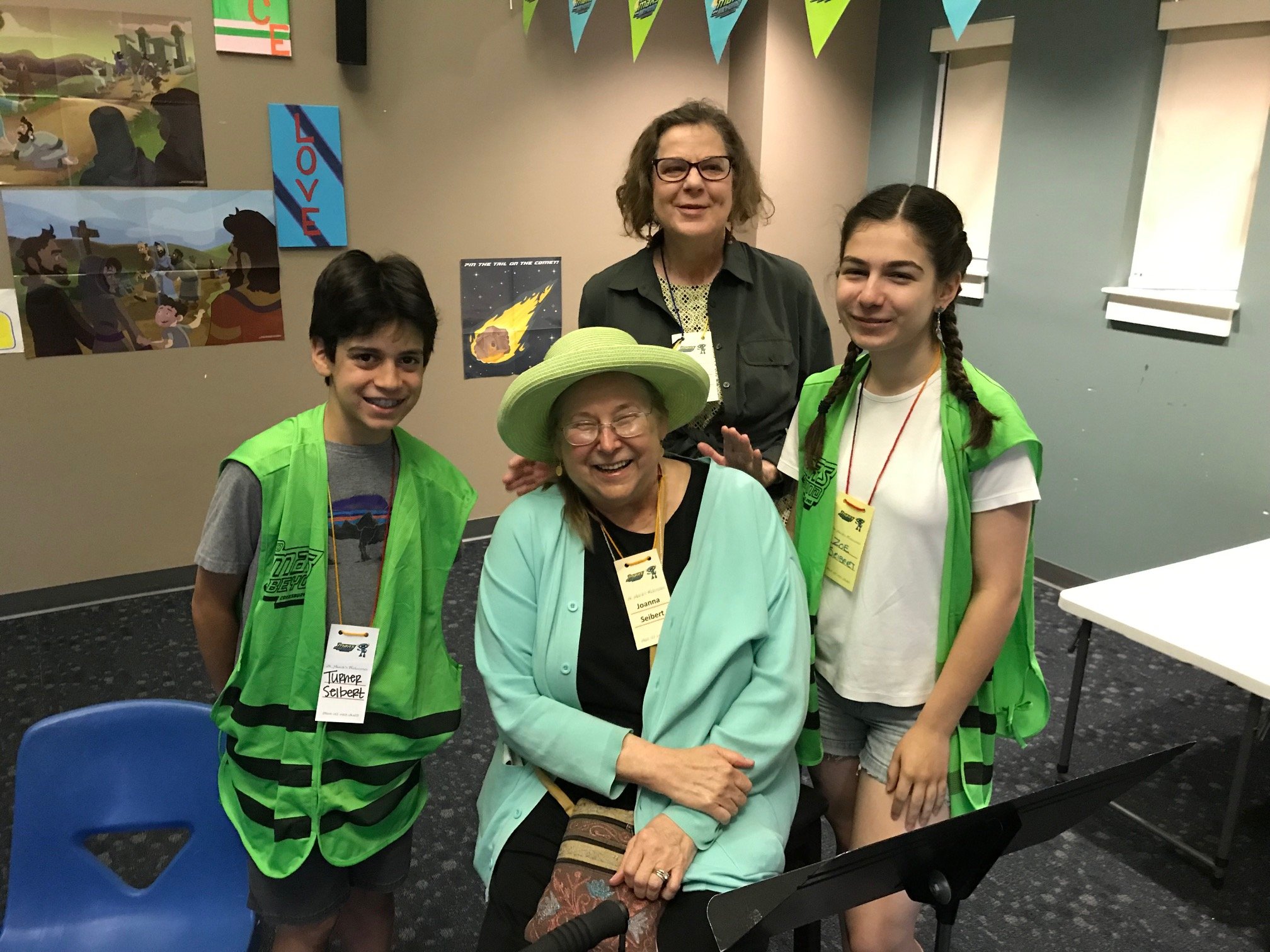Marrying Orthodoxy to Orthopraxis
“There’s a movement in the church to marry action and contemplation, to connect orthodoxy and orthopraxis. We’re not throwing out what we believe, but also focusing on practices that work out those beliefs. In the past few decades, Christianity has primarily been about what we believe. But in Jesus, we see an invitation to join our actions with a movement, rather than ideas and doctrine. People have grown tired of a Christianity that can say what it believes on paper but doesn’t have anything to show with our lives.”—Adapted from Shane Claiborne in When Action Meets Contemplation (Center for Action and Contemplation, 2010), disc 1.
Orthopraxis, or practicing our faith, differs from Orthodoxy, which is adherence to a particular belief. It is a paradox. We need both. We need to frame and reframe what we believe, but if we do not put that belief into practice, we are like a “noisy gong.” I am one of those people Shane Claiborne talks about who has numerous t-shirts spelling out social justice issues—but until I write letters, or make phone calls, or visit those in prisons, or those who are sick or in trouble, or those who are trying to immigrate to our country because they are in danger, I am not putting that belief into practice. I have learned this most pointedly from younger people.
The women in my family marched in the women’s march the day after a previous presidential inauguration, concerned about the human rights of others. We were talking with our feet. The crowds and speakers at this protest inspired us to do more.
That day has become like an icon for me, as I reach out from the words of my comfortable t-shirt to become more active, visit and make calls, and protect those in need. I know in my heart that this is the way the Spirit works. We are called to study God and the Spirit, but we are also compelled to find the God within ourselves, leading us to discover and connect to the God in others.
I share with spiritual friends that when I attempt to find God in others, God is most apparent in those in need. God most readily shines in those who are sick, dying, or seeking recovery, or at our food pantry, or our dinners for homeless veterans, or those today peacefully protesting for racial and social injustice or assisting those in our country who have fled oppressed countries like Afghanistan. Practicing the ministry of orthopraxy teaches us the most about orthodoxy and God.
Joanna. https://www.joannaseibert.com/






